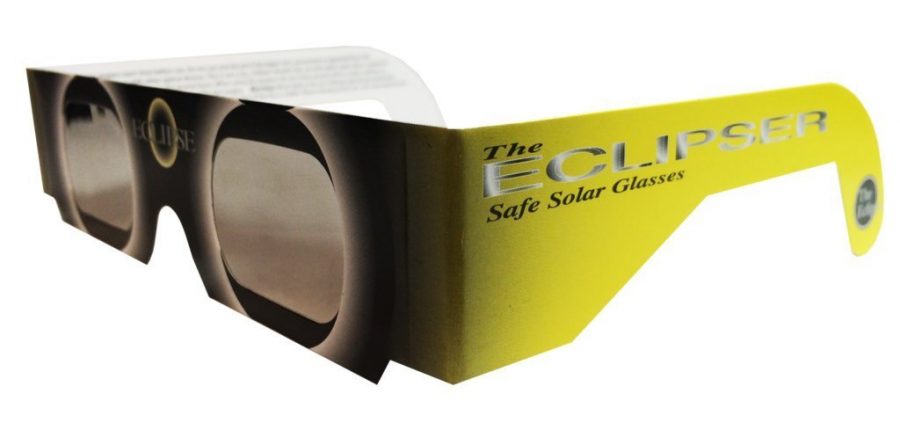
For months now the world has been anticipating a monumental natural phenomenon—a total solar eclipse, also deemed the “Great American Eclipse” is just days away! Experts and eclipse hunters are as giddy as a kid before his birthday. And for good reason; it is going to be pretty incredible if nature has anything to say about it.
People who have viewed a total solar eclipse before say you never forget the experience. Others claim some pretty weird things happen. If you want the facts, the experts at NASA have all the basics laid out that are very helpful. But here are three major things you need to know about the impending solar eclipse.
3 Major Things about the Solar Eclipse
{Image via Google Maps}
1. How do I view it?
If you live on the North American continent, you will be able to see the solar eclipse. Those lucky enough to be within the path of totality shown above will witness a total solar eclipse where the moon completely covers the sun, leaving a celestial ring of the sun’s corona that not many get to see in a lifetime.
So the big question in everyone’s mind is: Do I really need special eclipse glasses?
Yes, you do. Just like your mama told you to never look at the sun, NASA recommends specific safety instructions. It takes only a few seconds of looking directly at the sun to damage your retina cells. You should never assume you can look away fast enough to avoid damage. Since your retinas have no pain receptors, your eyes can be damaged long before you realize it.
Adults and kids alike should all have special-purpose solar filters, a.k.a “eclipse glasses” while viewing the solar eclipse. The only time it’s safe to take off your eclipse glasses is during the 1-2 minute “total” solar eclipse when the moon entirely blocks the brightness of the sun.
If you didn’t get your eclipse glasses in time, you can still make a pinhole viewer out of a cereal box!
{Image via Amazon. NASA recommends the American Paper Optics brand.}
2. What’s going to happen?
Depending on where you live, there will be about a three-hour chunk of time where the moon gradually begins to block the sun. The total eclipse (where the moon completely blocks the sun) will only last about two minutes and 40 seconds, so plan your bathroom breaks accordingly. One would hate to miss the main event.
3. Stranger things…
Does a total solar eclipse signal the end of the world? Maybe the Y2K people know; but witnesses of a complete solar eclipse say some pretty unusual things can occur. Here are a few oddities you can look forward to:
- Animals go silent. The absence of the sun during normal daylight hours messes with the animal psyche. Eclipse hunters have noted how birds and insects often go eerily silent. Nocturnal animals like bats have been known to fly about in the middle of the day.
- Shadow bands. You can look forward to witnessing the cool phenomenon called shadow bands when mysterious gray ripples flit on the ground and across buildings.
- An overall weird feeling. People who have witnessed one or more total solar eclipses say it is almost a supernatural experience. The moment of totality has an indescribable effect that you’ll just have to experience for yourself.
{Images courtesy of Unsplash.com}
The post 3 Major Things You Need To Know about the Solar Eclipse appeared first on How Does She.
by Nicolette via Home And Garden


No comments:
Post a Comment